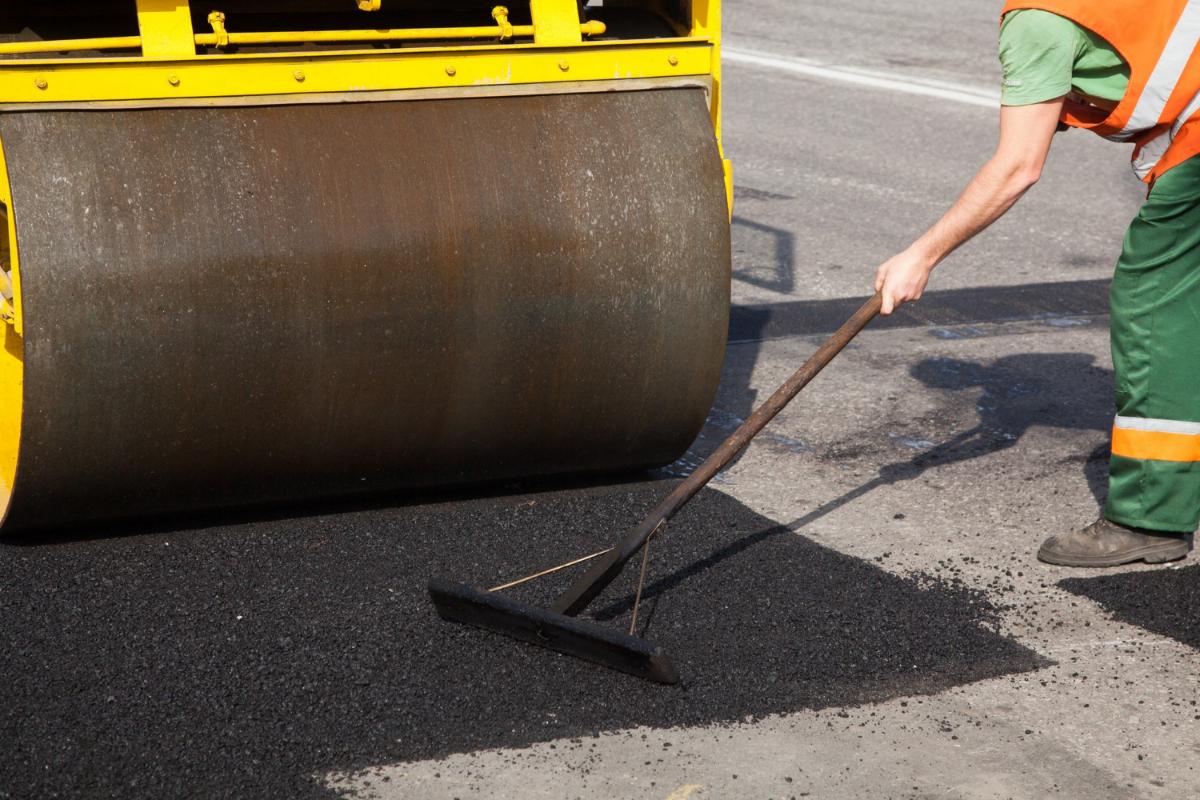
Not much beats a freshly paved asphalt parking area. It's a beautiful sight! Freshly-laid asphalt looks gorgeous and gives any parking lot or driveway a new, modern, upscale appearance. If you care for your new asphalt pavement, you can maintain that beautiful appearance and functionality for up to three decades. However, overlook regular maintenance, and you might be looking at just 5 to 7 years of longevity. Asphalt is one of the most valuable and dependable paving materials available on the market. Still, to guarantee that it stays attractive and functional for the longest possible time, you must guard it against abuse and conduct regular maintenance.
You can begin driving on asphalt as soon as it dries. This is typically about 24 hours after installation. But take note, your gorgeous new pavement will only achieve its maximum strength and opposition to damage once it fully cures, a process that takes almost a year. Although the parking lot will be functional throughout its curing process, taking certain precautions to evade harsh use and misuse will pay off in the future. For the initial year after the pouring of your newly paved parking lot:
Not too many things can cause severe damage to freshly laid asphalt, but a fuel or oil leak will do irreparable damage. This is because oil and gas break down the chemicals that bind your asphalt. The worst part is that these fluids cause damage at a quick pace, debilitating the structure of your slick new asphalt. In addition, their penetration of your asphalt surface leads to problems like raveling and worse! This leads to significant future pavement issues, and you'll need extensive repair work. So, take care of these leaks or spills as quickly as you can to avoid such problems.
Due to its porous surface, asphalt doesn't perform well with water during the curing phase. However, asphalt's natural pores are often a point of entry for moisture during the winter. Therefore, it is a problem if water penetrates the pores in your asphalt and freezes. In addition, the moisture expands when it freezes, so the pressure will build below your asphalt paving surface. Over time, this can provoke large cracks and potholes to develop. Therefore, it's essential that you help discourage water from freezing in your pavement by utilizing some kind of ice-melting product on your pavement.
Once your pavement is completely cured, apply a professional quality sealcoat to the exterior. Sealcoating prevents moisture from getting into the pavement, discourages fading, and extends your asphalt's functional life. After an initial sealcoating, an asphalt professional should reapply it every two to three years.